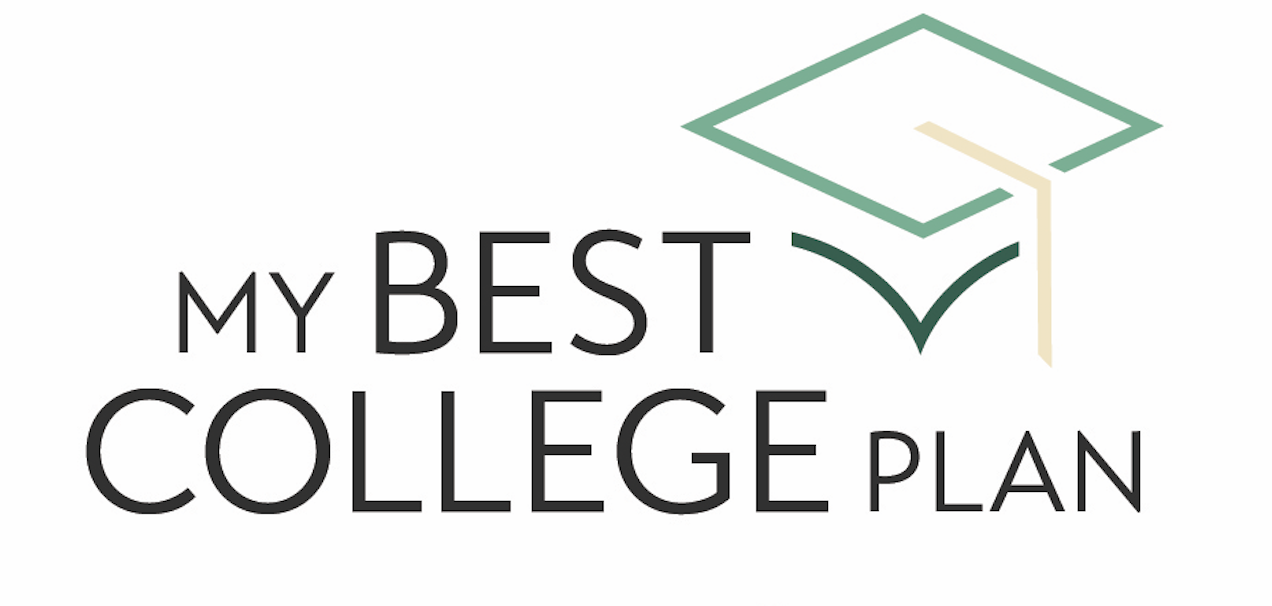Don’t panic if you have been rejected or waitlisted by the college of your dreams. Follow the steps below to find out how you can move forward!
Let yourself grieve the loss of your dream school.
While getting rejected from college is not the end of the world, it still hurts. Rejection is hard no matter what. Make sure to give yourself some time to grieve what you have lost! Remember that rejection is a part of life, and this is a great time to practice bouncing back from it. Take some time to take care of yourself by watching a funny movie, going for a walk, having a good cry, or doing whatever you need to do to make yourself feel good!
Prepare yourself, in some small way, for rejection.
While you don’t want to go into the application process believing that you aren’t going to get into the schools you are applying to, it is important to identify schools that you feel confident you will get into versus schools that may be more of a reach. It is great to divide your college list based on reach schools, target schools, and safety schools.
Reach schools are colleges that might be “out of reach” for you academically and financially, but you still want to apply to. You should have about one or two schools that are top-tier universities with competitive acceptance rates. These may be the schools of your dream but are harder to get into.
Target schools are colleges that you feel reasonably confident you will get into based on your academic performance, extracurricular involvement, and test scores. These can also be schools that you think are financially a good fit. You should apply to about three to five target schools.
Safety schools are schools that you are absolutely confident that you will get into. Maybe these schools have a 99% acceptance rate. Maybe they have a 50% acceptance rate. Whatever the acceptance rate is, you want to feel confident that the college will accept you!
Know that you aren’t alone.
Getting rejected from college happens to everyone. Barack Obama was rejected from Swarthmore college, Steven Spielberg was rejected from UCLA and USC, and Tina Fey from Princeton University. It is important to know that you are not alone in this! While friends and classmates may not admit to getting rejection letters, they may have one or two in the mail as well.
How to move forward with being waitlisted.
If you get waitlisted at your top choice, you can put your name on the waitlist to let the school know you are still interested if they offer you a spot later in the year. At the same time, you should still put in a deposit to attend your second choice school.
When you put yourself on the waitlist, don’t forget about updating the college if your GPA increases or you get a better score on the ACT. Any positive information about academic growth or accomplishments will help later!
Keep moving forward, even after rejection.
College admissions is a complicated and arduous process, but in the end, everything happens for a reason. While you may not end up at the school you always imagined yourself at, you are going to find yourself in the place that you were meant to be.
For more helpful information on how to move forward after rejection, read the full version of the article by Kathryn Randolph here.
https://www.fastweb.com/college-search/articles/college-rejection-letters-and-wait-lists-moving-forward?utm_source=nlet&utm_medium=email&utm_campaign=20210216&utm_content=main_CTA

